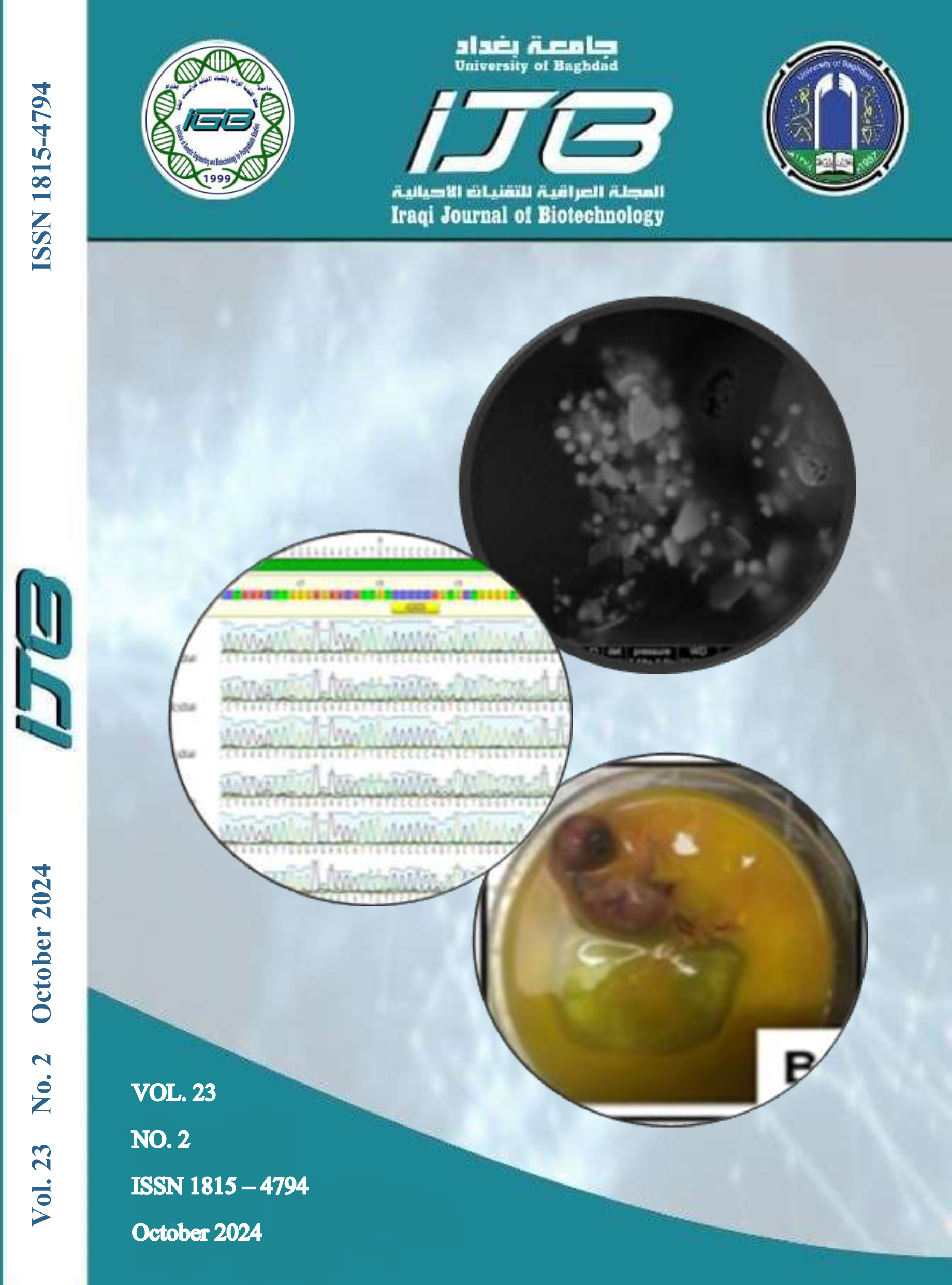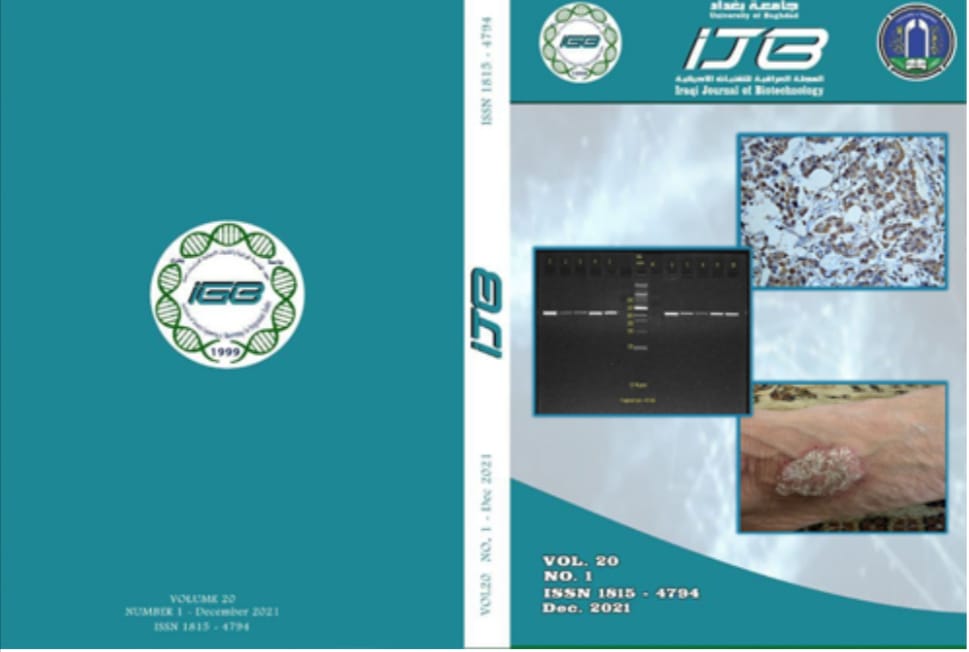The Role of miRNA-9 as a Predisposing Factor for Metastasis in Breast Cancer among Iraqi Patients from Localized to Locally Advanced and Metastatic Stages
Abstract
Breast cancer (BC) is the highly prevalent malignancy afflicting women worldwide, with an alarming 2 million new cases diagnosed in 2020. The escalating incidence and mortality rates of this disease have demonstrated a consistent upward trend over the past three decades. These trends are primarily attributed to modifications in risk factor profiles, advancements in cancer registration methodologies, and enhanced capabilities in cancer detection techniques. This study was aimed at the Oncology Teaching Hospital/Baghdad Medical City and the Oncology Unit at Al-Yarmouk Teaching Hospital in Baghdad, encompassing a cohort of 150 samples divided into two groups: a blood group comprising 90 samples (control, localized, locally advanced, and metastatic BC patients) and a tissue group comprising 60 samples (benign and malignant BC). The study spanned from March 2022 to January 2023, involving patients aged 24 to 75 years. The primary objective of this investigation was to assess miRNA-9 gene expression across all sample types, with gene expression levels normalized to the housekeeping gene U6 and quantified using the ∆Ct value and the fold change (2-∆∆Ct) method. The results concluded an upregulated fold expression of miRNA-9, with the highest expression observed in locally advanced and metastatic BC (fold expression 2.404±0.1364 compared to other groups. In localized breast cancer, the fold expression was 1.795±0.092, and in malignant tissue, it was 1.972±0.119, both compared to the apparently healthy control group.


